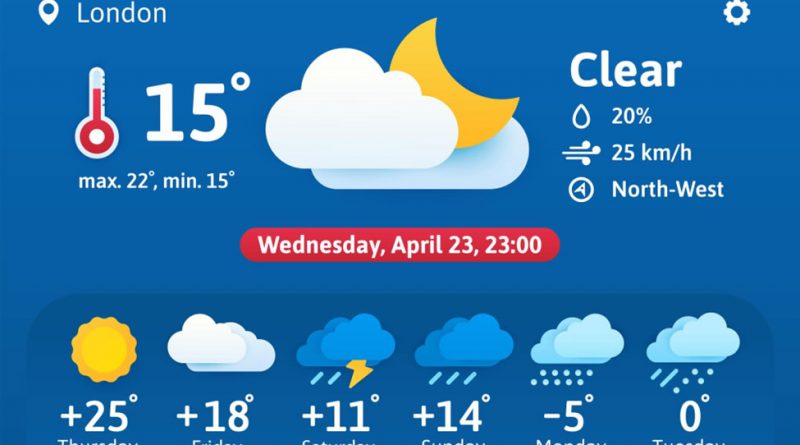How Precipitation Percentages Work
How Precipitation Percentages Work
The grill is fired, the beverages are iced, and soon people will be arriving. Then it happens: some well-meaning amateur meteorologist pulls out their phone and announces, “there’s a good chance of rain.” But what does that mean? When the local weather channel announces a 60% chance of rain. What are they really saying?
The internet abounds with misinformation about what rain predictions are telling us. One viral outburst on the web, for example, claimed that a 60% chance of rain would mean that 60% of the forecast area would receive rain. Another misinformed media buff claimed that a 30% chance of rain meant a 100% chance of rain in 30% of the area, which is on the right track, but not quite.
In its simplest terms, chance of rain means the likelihood that .01 inches of rain will fall at any given point within the forecasted area. But when you start to look at the formula that creates that confounded prediction, you can understand how some of these misperceptions come about.
According to the National Oceanic and Atmospheric Administration, the most common method for predicting the chance of rain is called Probability for Precipitation or PoP. The formula for its calculation is PoP=C x A, where C is the confidence a forecaster has in the likelihood of rain and A is the area for which the prediction is made. So a calculation might look like this: the forecaster believes there is an 80% chance of precipitation, but believes it is likely to hit only 50% of the forecast area–PoP=.8 x .5=.4 which means there is a 40% chance of rain for the forecast area. That 40% only means that at any given point within the forecast area there is a 40% chance that at least .01 inches of rain will fall during the time period the forecast covers.
The difficulty is, of course, that meteorologists are often making predictions for large areas so that they must take that A factor into account as they create their forecasts. To hedge, they may use terms like “scattered showers” or “widely scattered showers” that indicate rain isn’t likely to impact a large area of the forecast. The formula also doesn’t account for duration. It is a common misperception that a 100% chance of rain means that rain will last all day. All that 100% indicates is that at least .01 inches will fall within the indicated time period. A thunderstorm might drop that amount in only a minute or two or a slow steady shower could drop it over the course of an hour.
The most accurate forecast for you then is one that encompasses the smallest area, which is why some weather media outlets use pinpoint forecasts that are more likely to predict what will happen where you are. You could, of course, pull out your trusty phone and look at the radar if you don’t trust in such prognostication.
– Written by Ivan Young in partnership with wrought iron door manufacturer Abby Iron Doors.

